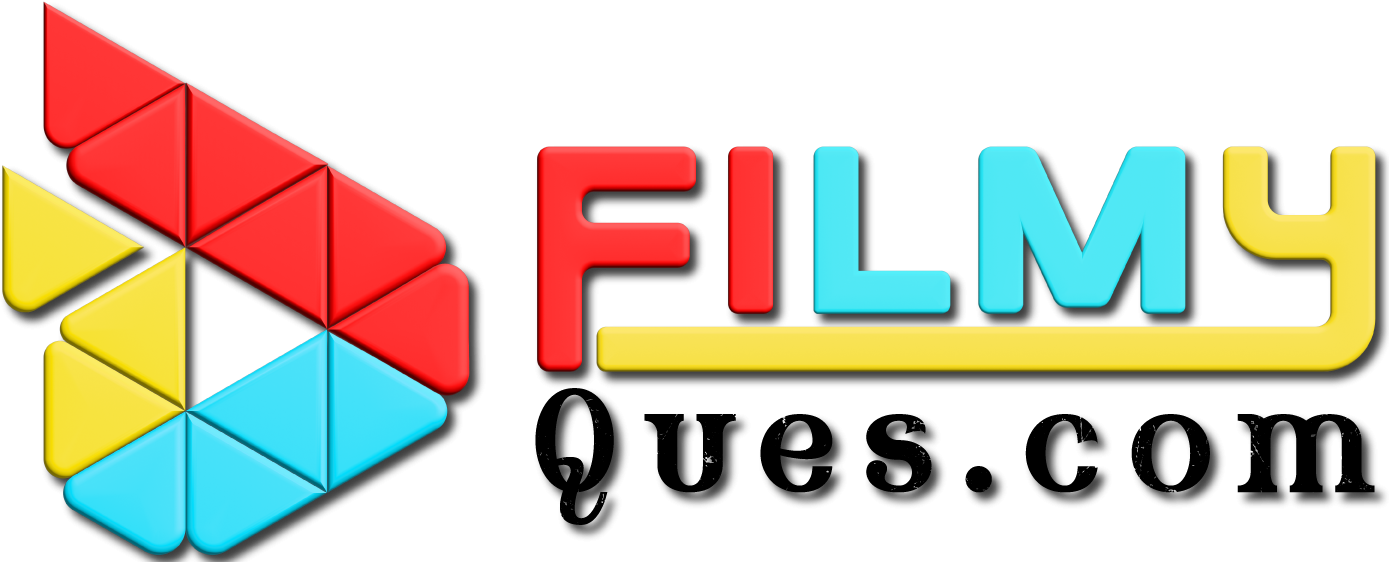Hiring the right people can be tough, but it doesn’t have to be. In this blog post, we’ll walk you through some simple steps and tips to make your staffing process more efficient. Whether you’re a small business owner or someone managing a team, these ideas will help you save time and find the best candidates.
In this article, we’ll explore:
- Strategies for clearly defining job roles and expectations to attract the right candidates.
- The importance of leveraging technology and recruitment tools to streamline the application and interview processes.
- Techniques for effective communication and feedback during the hiring process to enhance candidate experience and engagement.
Why Efficiency Matters in Staffing
When you streamline your staffing process, you save time and money. You also ensure that you find the best fit for your open positions. Plus, a smooth process makes everyone—from the hiring team to the candidates—feel more comfortable and satisfied.
Time and Money Savings
When your process is efficient, you spend less time on each hire. This allows you to focus on other important tasks. Additionally, a quick and smooth hiring process reduces costs related to advertisements, overtime, and lost productivity.
Better Candidate Experience
A streamlined staffing process not only benefits your company but also creates a better experience for candidates. Happy candidates are more likely to accept job offers and speak positively about your company.
Higher Quality Hires
When you have a well-organized process, you can focus more on evaluating candidates effectively. This helps you find the best fit for your roles, leading to higher employee satisfaction and retention.
Understanding Your Staffing Needs
Before you start hiring, it’s essential to understand what you need. This means knowing the skills and experiences required for the job. Also, consider the type of person who will fit well with your team and company culture.
Define Job Roles Clearly
Start by writing clear job descriptions. List the skills, experience, and qualities you need. This will help attract suitable candidates and make it easier to compare them.
Predict Future Needs
Think about your company’s future. Are you planning to expand? Will you need more staff in specific areas? Planning ahead helps you prepare for future hiring needs and avoid last-minute rushes.
Align with Company Goals
Make sure your hiring needs align with your company’s goals. For example, if your goal is to improve customer service, you might need to hire more support staff. Aligning your staffing needs with your goals ensures you have the right people in place to achieve them.
Simplifying the Application Process
A complicated application process can deter good candidates. Make it easy for them to apply and provide all the information you need at the same time.
Use Short and Clear Forms
Keep your application forms short and straightforward. Ask for only the essential information at this stage. Lengthy forms can be discouraging and lead to fewer applications.
Offer Multiple Application Methods
Allow candidates to apply through different channels. Some may prefer to use your website, while others might find it easier to apply via email or social media. Offering multiple options makes it more convenient for applicants.
Provide Clear Instructions
Ensure that your application instructions are easy to understand. Clearly state what documents are needed and how to submit them. This reduces confusion and makes the process smoother for everyone.
Leveraging Technology
Technology can simplify many aspects of the process. From advertising job openings to screening resumes, there are tools available to help.
Use Applicant Tracking Systems (ATS)
An ATS can help you manage applications and track candidates throughout the hiring process. It can also automate some tasks, like sending acknowledgment emails, saving you time.
Job Boards and Social Media
Advertise your job openings on popular job boards and social media platforms. This increases visibility and attracts a wider pool of candidates. Make sure your posts are engaging and provide all necessary details.
Video Interviews
Consider using video interviews for initial screenings. They save time and allow you to interview candidates from different locations. Plus, they provide a more personal touch than phone interviews.
Creating an Effective Screening Process
Screening candidates efficiently ensures that you focus only on the most promising applicants. This step is crucial for saving time and finding the best fit.
Initial Resume Review
Start with a quick review of resumes to filter out unqualified candidates. Look for key skills and experiences that match your job description. This helps narrow down your list quickly.
Pre-Screening Questions
Use pre-screening questions to further filter candidates. These can be part of the application form or sent as a follow-up. Pre-screening helps identify candidates who meet your basic requirements.
Skill Assessments
Consider using skill assessments to evaluate candidates’ abilities. These can be online tests or practical tasks related to the job. Skill assessments provide an objective way to compare candidates.
Conducting Efficient Interviews
Interviews are a critical part of the hiring process. Making them efficient ensures you gather all the necessary information without wasting time.
Structured Interviews
Use a structured interview format where you ask all candidates the same set of questions. This makes it easier to compare their answers and ensures you cover all important topics.
Panel Interviews
Consider having panel interviews where multiple team members interview the candidate together. This saves time and provides different perspectives on the candidate’s suitability.
Time Management
Schedule interviews with enough time to discuss each candidate but avoid too much time between interviews. This keeps the process moving smoothly and respects everyone’s time.
Making Informed Decisions
Once you’ve completed interviews, it’s time to make decisions. Use a systematic approach to choose the best candidate for the job.
Compare Candidates Objectively
Create a scoring system to evaluate candidates based on key criteria. This helps you make objective decisions and reduces bias.
Consider Cultural Fit
Beyond skills and experience, consider how well the candidate fits with your company culture. A good cultural fit leads to higher job satisfaction and better team dynamics.
Gather Team Feedback
Involve your team in the decision-making process. Gather feedback from those who interviewed the candidates. This ensures a well-rounded evaluation and increases team buy-in.
Extending Job Offers
When you’re ready to make an offer, do it promptly and professionally. A well-handled job offer can leave a positive impression on the candidate.
Prepare a Clear Offer Letter
Include all relevant details like salary, benefits, start date, and job role. Make sure the offer letter is clear and easy to understand.
Communicate Promptly
Reach out to the chosen candidate as soon as possible. Prompt communication shows that you value their time and are excited to have them on board.
Be Ready to Negotiate
Candidates may have questions or requests regarding the offer. Be prepared to negotiate and find a mutually agreeable solution. This ensures both parties are happy and sets a positive tone for the future.
Onboarding New Hires
A smooth onboarding process helps new hires settle in quickly and feel welcomed. It also sets the stage for their success in the company.
Welcome Package
Prepare a welcome package with essential information and resources. This can include company policies, contact information, and any tools they’ll need.
Orientation Sessions
Hold orientation sessions to introduce new hires to the company culture, team members, and their role. This helps them feel more comfortable and integrated.
Ongoing Support
Provide ongoing support during their initial period. Regular check-ins and feedback sessions help address any concerns and ensure a smooth transition.
Final Thoughts
In conclusion, an efficient hiring process is essential for attracting and retaining the right talent for your organization. By implementing structured interviews, skill assessments, and a robust onboarding program, you can ensure that new hires are well-equipped for success. Continuously measure your efforts and refine your processes to adapt to the ever-changing job market. For more resources and insights on building a strong team, consider visiting Join the A-Team, where you can find valuable tools to enhance your recruiting strategies.







